By Rick VanSickle
There were a few surprises, a head-scratcher, and a revelation after opening a cross-section of Niagara wines from the vault in the past couple of weeks.
Also in this Niagara Wine Report: New wines reviewed from Drea’s Wine, Reif Estate and Henry of Pelham, plus out picks from the Nov. 2 Vintages release including, Liebling, Two Sisters, Foreign Affair, and Featherstone.
Anyone who reads this site regularly, knows that we love to open well-aged treasures from the cellar to see how they have evolved over time. In this report, we open bottles (basically randomly selected) from as far back as 1998 to as recently as 2016 for a wide-ranging tasting of the oldies with varying results.
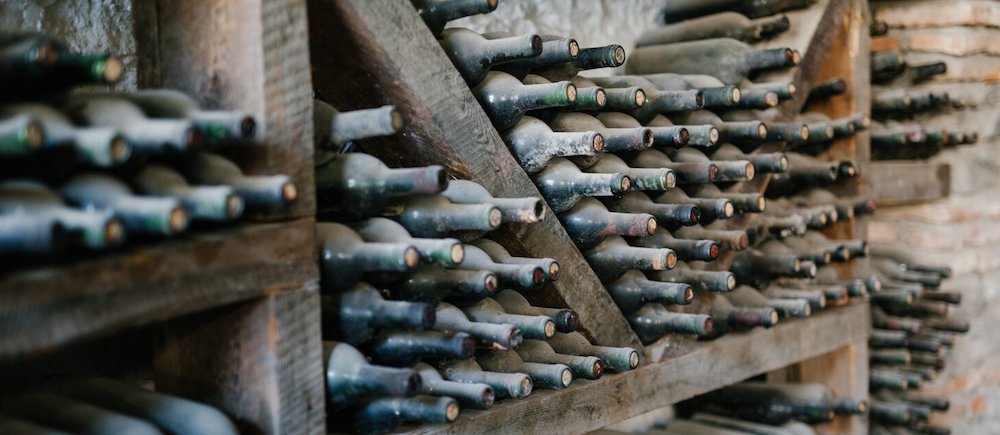
Cellaring wine is a matter of preference for consumers. Not everyone appreciates wines that have been aged for any length of time, preferring the freshness and tannic structure over tertiary flavours and a more rounded finish. But, if you are like me, a perfectly aged bottle of wine — whether for pleasure, or professional assessment — is an unforgetable experience especially if you open one that is at its peak of perfection.
Older wine, slowly matured in a well-designed cellar (or at the very least, a cool corner of the basement free of vibration and sunlight), is the thing that really excites me about the vinous world. I am in awe every time I open an older vintage wine that has not only stood the test of time but has benefited from a lengthy tour of duty in the cellar. I am not impressed by vinegar; I am looking for transformative wines that are better in their waning years than they were as pups.

The wines that make the earth move under my feet tend to be those that age gracefully for five, 10 and 20 years or more. These wines bring pleasure in the way they have grown up, integrated and evolved to reveal those interesting, more nuanced flavours you just don’t get in a young wine.
The trick is always when to drink them. There is no fail-safe way to know that perfect moment other than tasting them over time and getting a feel for drinking windows. Wines in Niagara has published a vintage chart for over 15 years that provides an ever-evolving assessment of aging potential. It is updated once a year as each new vintage arrives and spans 26 vintages.
In this report, we look at six Niagara red wines and compare them to the vintage reports to test whether the charts are in the ballpark. This is what we opened compared to the chart. But first, a general guiding look at aging windows for the most popular Niagara varieties.

• Chardonnay: 3-7 years (warm vintages sooner, rather than later)
• Riesling: 3-15 years (drink warm vintages earlier)
• Pinot Gris/Grigio, Sauvignon Blanc: 1-2 years
• Pinot Noir: 5-10 years
• Gamay: 1-3 years (I generally drink Gamay young, but have seen a move to more robust styles, which might change the thinking here)
• Bordeaux varieties and blends: 5-15 years (lots of factors to consider: acidity, warm or cool vintage, oak treatment, tannins, producer, etc.)
• Syrah: 5-10 years (cooler vintages age longer)
• Appassimento red wines: 7-12 years
• Sparkling: 3-7 years (only traditionally-made wines and it will depend on time already on lees and disgorgement)
• Icewine: 7-15 years (very tricky to predict but look for high acidity and sweetness levels that will carry the wine and improve it over the years. I rarely drink icewine that’s not cellared for some amount of time).
A 26-year-old red and counting
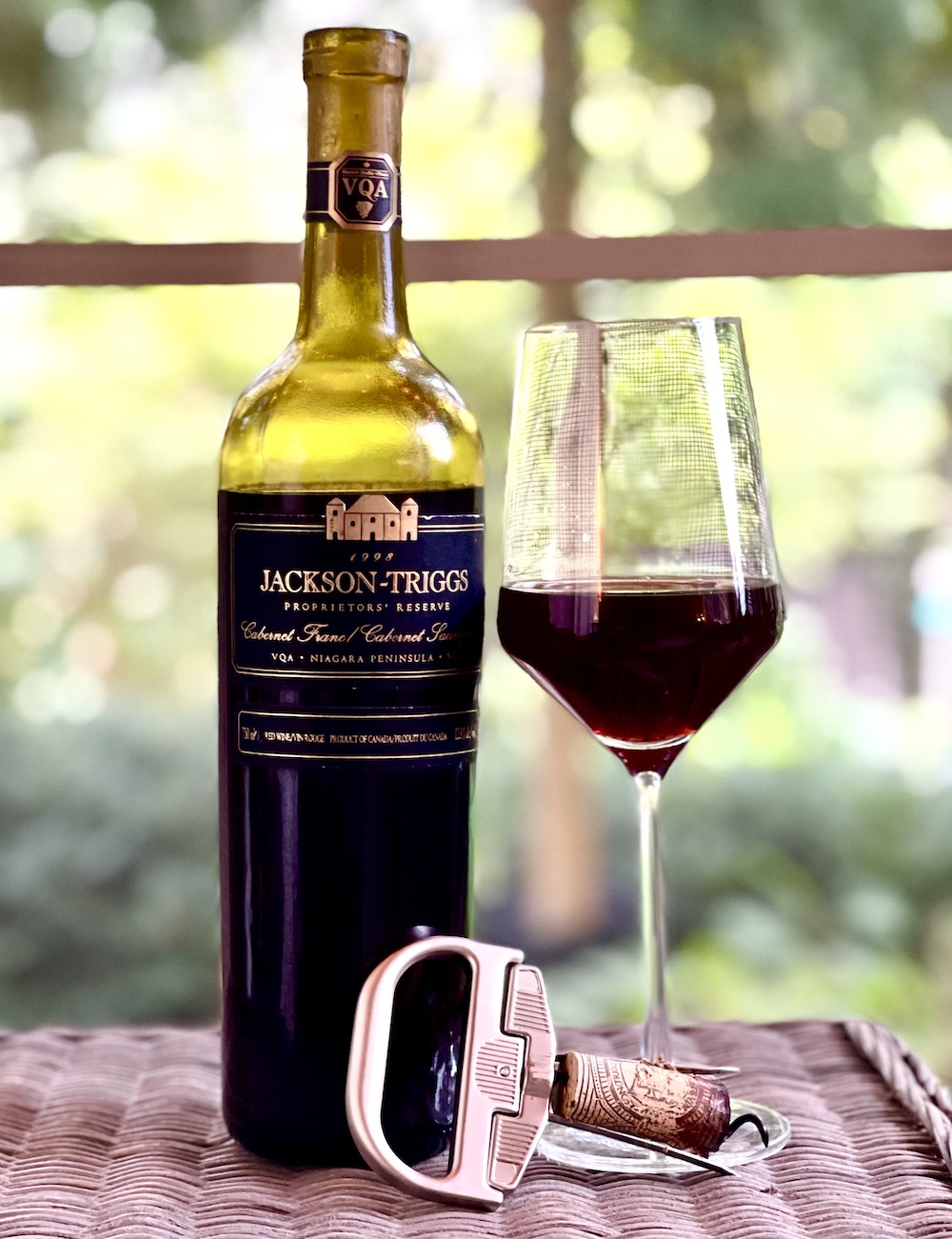
There’s a reason that 1998 is the last vintage still of value as an important milestone for Ontario wines. The vintage continues to turn up surprises like this 1998 Jackson-Triggs Proprietors’ Reserve red blend.
The Jackson-Triggs Proprietors’ Reserve Cabernet Franc Cabernet Sauvignon Merlot 1998 really has no business being a wine of interest; it should have gone gently into that good night a long time ago. The first indication that this blend of Cabernet Franc, Cabernet Sauvignon and Merlot was something special was the cork. It came out perfectly intact.
I don’t know much about this wine, other than it was aged for 12 months in American oak, a common practice pre-2000 in Ontario. Jackson-Triggs was owned by Allan Jackson and Donald Triggs at the time, after purchasing, with a group of investors, Cartier wines from John Labatt Limited, and later changed the company’s name to Vincor. After a few changes of ownership since then, the company is now owned by Arterra Wines Canada.
Upon opening, the wine showed just a bit of bricking around the edges of the glass. But the nose was quite perfumed with mature cherry/strawberry notes, subtle bell pepper, woodsy/savoury notes, integrated vanilla toast and spice. It was actually quite profound on the palate with a melange of ripe, rich red and dark berries, mocha, sweet spice notes and a mellow, soft finish. An incredibly special wine that has definitely stood the test of time.
Vintage report for 1998
1998 ★★★★★★★★★ (9 out of 10)
The best examples from this benchmark vintage are still showing beautifully. The whites have faded, but only just recently. This is considered by many to be the best vintage of the last century and the most significant vintage in Ontario’s history (2020 has eclipsed it, however). Recently opened bottles from this vintage are superb. The top Bordeaux-style reds continue to impress but all should be consumed now.
Whites: Drink up.
Reds: Drink up, but some Bordeaux blends still holding on nicely, if you like mature wines. Check on them and decide based on your tolerance for aged wines.
A surprise from 2012
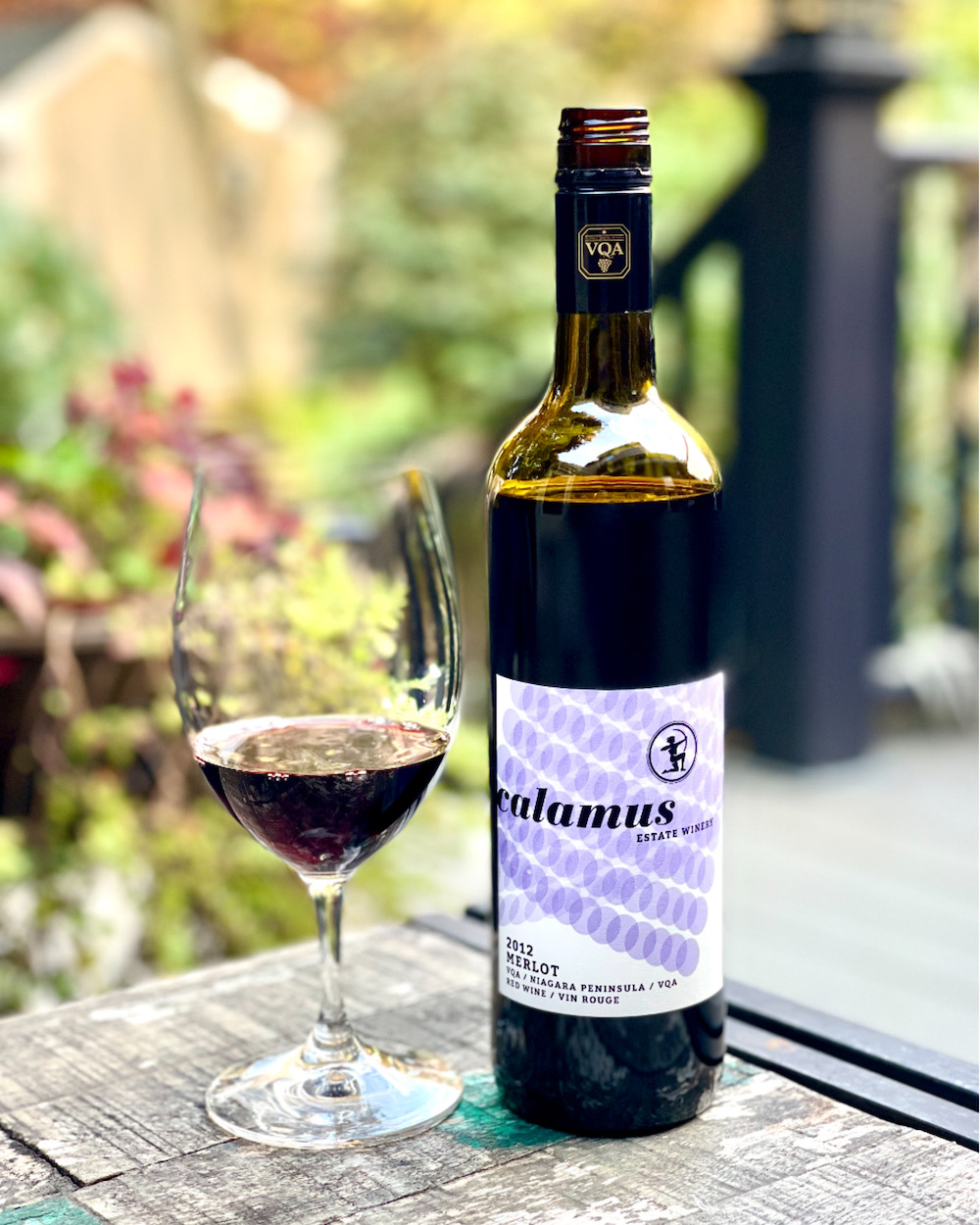
The 2012 vintage was spectacular in Niagara, so I don’t know why I was so shocked that this Merlot was as wonderful as is was 12 years after the harvest — right in the window of prime time.
Maybe it’s the preconceived bias one gets when you see a wine in the cellar bottled in a screwcap closure. Maybe it’s the fact that the grapes were sourced somewhere in Niagara and were not estate grapes (I don’t even know for sure where the grapes came from as the bottle simply states Niagara Peninsula). I don’t know, but I wasn’t expecting much and ended up getting a lot.
Calamus Merlot 2012 ($27) — Such a beautiful nose that’s saturated in red berries, toasty vanilla, blueberry pie, spices and tar/cedar accents. There’s still some tannic grip still on the palate with jammy red berries that are just beginning to fade, a touch of eucalypt, blueberry puree, lovely spices with a long, lingering finish. This will continue to evolve nicely for the next five years. I wish I had more.
Vintage report for 2012
2012 ★★★★★★★★★½ (9½ out of 10)
The mood in Niagara during the early harvest of 2012 was one of pure joy. Ripe fruit in pristine condition after a long, hot summer and early fall sent grape pickers into the vineyards in mid-August to harvest early ripening varieties. It was one of the earliest harvests on record for all varieties with only a slight hiccup during a brief rainy period in September. Reports from all regions in Ontario indicated a near-perfect season with the Bordeaux-style red grapes leading the way. Winemakers were also excited by the white grapes, especially Chardonnay, Riesling and Sauvignon Blanc, that all showed both juicy ripeness and natural acidity. The largest icewine crop was netted since 2007, an indication that Canada’s most famous export was set for a rebound in 2012. Since first writing this report I have now tasted most of the key 2012 reds from this vintage and have re-evaluated many of the whites. I have upgraded the rating from 9 stars to 9½ because I feel strongly that 2012 will prove to be the best vintage Ontario has ever encountered to date (that is, until 2020 came along). It’s not just the big red wines that are showing such promise, but all varieties across the board. Sort of unheard of until now.
Whites: Drink now or cellar to 2025, especially Riesling. Time to drink up those ripe Chardonnays.
Reds: Cellar to 2025 or more, Bordeaux blends 2026 to 2029 or beyond for top examples.
Vintage means everything
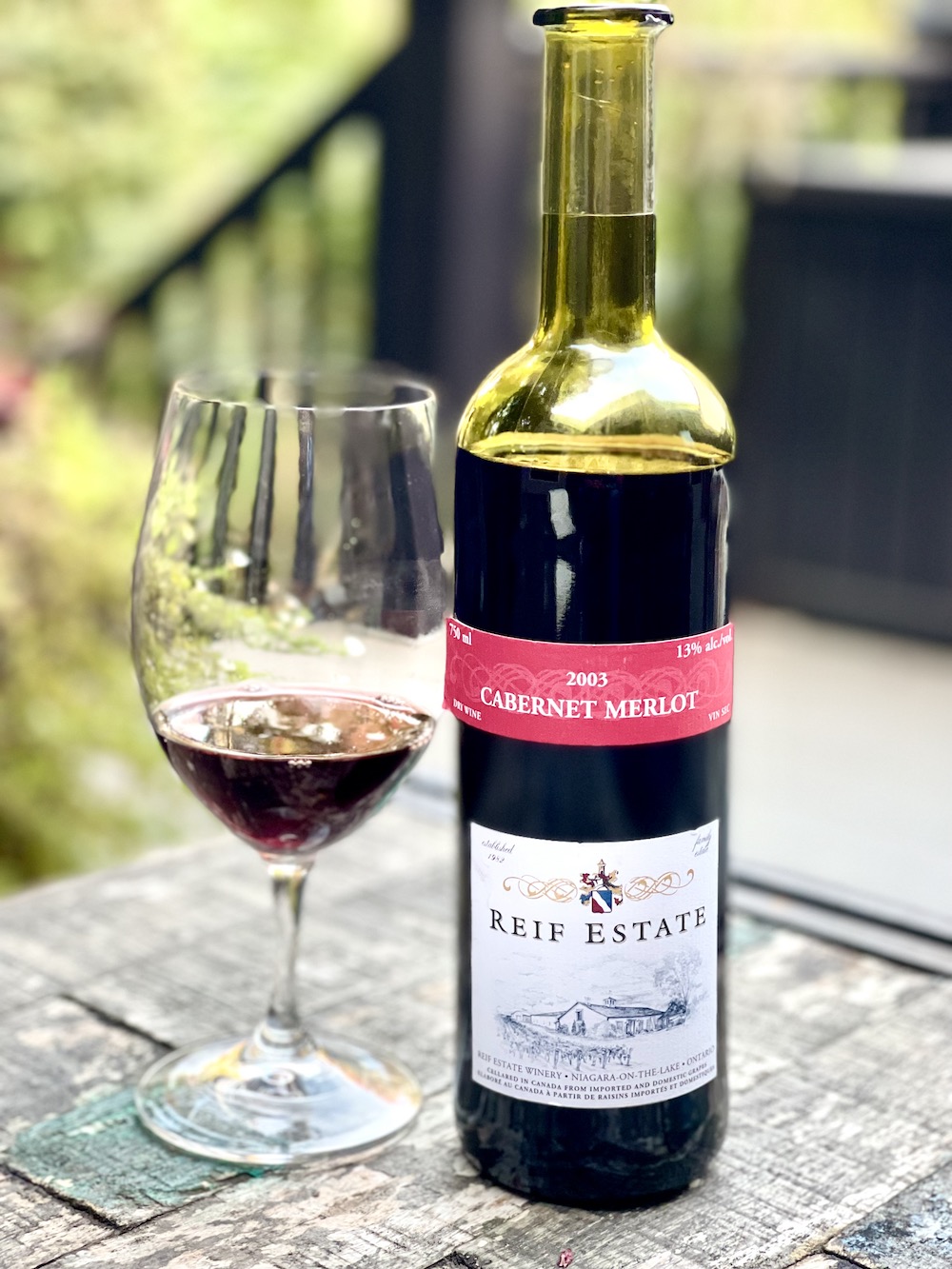
Reif Estate Cabernet Merlot 2003 — I do not know how this bottle of Reif Estate Cabernet Merlot 2003 got into my cellar. I honestly have no clue but decided to include it in this tasting of older Niagara red wines to have a wide spectrum of vintages included in this report.
Some of you may recall the horrible 2003 vintage in Ontario, with a crop reduction of 45% and the reappearance of the Asian lady beetle that caused a nasty taste and smell in wines. After opening this wine and finding it a little off, I did notice the small print on the front label after tasting the wine: “Made from imported and domestic grapes.” Reif proprietor Klaus Reif did confirm to me that in 2003 wineries were desperate to produce wines and they were given the option of blending local grapes with international juice. Cellared in Canada wines (now called International Domestic Blends) use a combination of Ontario grape juice (minimum 25%) and international juice (maximum 75%).

Reif was not alone in having to deal with a vintage such as 2003; it was Niagara wide and I suspect any 2003 bottles of wine had its issues. “It was a one year decision, we had no other choice,” Reif told Wines in Niagara. He added that all wineries in Ontario that had licences issued before 1993, including Reif, are permitted to produce IDB wines. Reif chooses not make those wines and never have “with the exception for the terrible situation back in 2003.”
Vintage matters in Niagara, and 2003 should be avoided. Please see a new review below of a a tasty estate Reif Cabernet Sauvignon that’s coming to Vintages stores soon.
Vintage report for 2003
2003 ★★★★★★★½ (7½ out of 10)
This vintage had it all: a horrible winter resulting in another short crop (a reduction of 45 per cent of all vinifera vines), the reappearance of the Asian lady beetle (which causes a nasty taint in wines) and, despite all of that, the emergence of some mighty fine whites. The rating for this vintage is really split between red and white wines: a 6.5 for red wines and an 8.5 for whites.
Whites: Drink now.
Reds: Drink now.
Rennie Estates appassimento 2016

Only a few Ontario wineries are making bold red wines using the appassimento method (dried grapes), usually Bordeaux-style varieties to concentrate the fruit to increase brix and ABV.
Graham Rennie takes a small amount of his own grapes from his 50-acre Beamsville Bench vineyard called Heron Pond and makes various wines for his “Super Niagara” portfolio of wines that includes Pinot Noir, Chardonnay, and myriad appassimento wines made from Cabernet Franc, Cabernet Sauvignon and Merlot. The rest of his grapes are contracted to Arterra.
The most impressive Niagara appassimento wines are from the warmer vintages, such as the beautiful 2016 growing season, when grapes reached phenolic ripeness and then were elevated further while drying on racks in a custom-made chamber.
I enjoyed this bottle with Rennie recently at the St. Catharines Golf and Country Club, where he is a member and has a few of his wines on the club’s wine list. While this vintage is just beginning its long life in the cellar, it was incredibly transformed for the better from the first time I tasted it years ago.
Here is my updated tasting note and Wines in Niagara’s assessment of the 2016 vintage.
Rennie Estate Winery G 2016 ($60, 94 points) — This is Rennie’s full appassimento style red that is a blend of Cabernet Sauvignon, Merlot and Cabernet Franc. It’s dried in a custom trailer for up to 73 days “as slow as I can,” hold told. The fruit loses 30% of its weight from the drying and is finished at 29.1 Brix and 16.1% abv. It spends 24 months in French oak barrels. “This is exactly the kind of wine I wanted to produce in my small lot format,” Rennie said. The nose is explosive after eight years in the bottle, so expressive, perfumed and layered with concentrated black currants, blackberries, sweet tobacco, loam, mocha, thick spice notes, graphite, plums and crushed red berries. It’s big, bold and structured on the palate with firm tannins, just starting to soften, a full range of dark fruits, earth, raspberry jam, chocolate, eucalypt, savory notes, length through the finish and richness to the end all propped up by racy acidity. Just a beautiful wine that carries the 16.1% abv well. Can cellar to 2034, maybe longer.
Vintage report for 2016
2016 ★★★★★★★★★½ (9½ out of 10)
Winter in 2016 was mild and drama-free for grape growers in Ontario. By mid-May, the vintage settled into a sustained pattern of much drier and slightly warmer than normal. Drought in some areas was a concern in some parts of Ontario. The hot, dry conditions prevailed throughout August, with lots of sunshine and just enough rain to keep drought conditions from becoming too severe. Targeted irrigation was required to sustain the young vines planted to fill in sporadic damage from the cold 2014 and 2015 winters. Weather conditions were very similar in all appellations except for a short but major rain event in Lake Erie North Shore in September. In all, the growing season presented outstanding opportunities for grape quality across Ontario. Harvest was early in all regions for all varietals and was stress-free with dry conditions and limited disease pressures. It was the perfect recipe to provide an excellent vintage. Virtually all grape varieties performed well in 2016 and were picked in pristine condition. This was a year to buy and hold those bigger red wines (Bordeaux varietals, Syrah, etc.) that will age gracefully for 10 years or more. The Chardonnays are generally more robust than in cooler years and Pinot Noirs more complex. Rieslings will be riper and have immediate appeal. Across the board, this is a great vintage along the lines of 2012, 2010 and 2007 and a good bounce back from 2014-2015, even if the tonnage was not quite back to normal.
Whites: Drink Rieslings, Pinot Gris, Sauvignon Blancs; start drinking Chardonnays but some can hold for a year or two the top single vineyard examples if you prefer tertiary notes, otherwise drink up.
Reds: Drink Gamays, hold Pinots until 2025 or drink, hold on to bigger reds (save some for extended cellaring, up to 2028, maybe longer). This is a breakout year for appassimento-style reds, hold for a little longer (up to 2026).
Pillitteri, with an Exclamation point

One of the more striking labels in Niagara, Pillitteri’s Exclamation Cellar Series, has always impressed beyond the distinctive graphics. The Cabernet Sauvignon 2015, which I lamented in the original review that it needed time in the bottle to fully show itself, has come around nicely with the fruit finally emerging while still caressed by fine tannins and a firm structure. This is stunning now and proves the original review on Wines in Niagara shortchanged it. I’ve updated my note and score, originally awarded 88 points.
Pillitteri Exclamation Cabernet Sauvignon 2015 ($50, 90 points) — Exclamation wines are built to cellar and will always show better with a bit of time in the bottle, and that holds true with this bottle. While likely ready to drink up, it showed far better with age than it did on release. The nose has opened up to show meaty, spicy dark fruits with graphite and cocoa accents. The wall of firm tannins has softed on the palate and integrated to better show the range of dark fruits — black currants, blackberries and anise — with thick and savoury spice notes that’s all propped up by racy acidity through the finish.
Vintage report for 2015
2015 ★★★★★★★ (7 out of 10)
This was the second half of two brutal winters that caused a great deal of hardship and soul searching for winemakers and grape growers in Ontario. Record-breaking cold in the winter of 2015 was not what was needed after the horrible conditions of 2014. Many acres of grapes needed to be replanted, and wineries had to make tough decisions of what not to plant in their terroir. The summer growing season brought good conditions with few major storms and sunny warm weather in all appellations. Niagara was slightly drier than Prince Edward County and Lake Erie North Shore. September weather settled nicely into warm beautiful conditions for the start of harvest and, except for some rainy periods in October, fall weather was favourable. Harvest conditions were excellent and good weather prevailed for much of the harvest period. Overall, grape production across the province was moderately less than normal but slightly more than 2014 when tonnes harvested were substantially less than previous years. Cold temperatures in January and February resulted in markedly reduced crop yields in Lake Erie North Shore, and less than full production in Niagara Peninsula and Prince Edward County. Tender grape varieties were in short supply. The irony of the vintage, devastating winter kill aside, is that it all averaged out by harvest and created conditions that allowed Ontario’s classic varieties — Riesling, Cabernet Franc, Pinot Noir and Chardonnay — to show well. Look for good concentration of flavours for the later ripening varieties that profited from the warm, dry summer and fall. In all, 2015 wines fared much better than 2014 wines, despite both vintages suffering through some of the most severe winter conditions seen in Ontario.
Whites: Time to drink up the Rieslings, Chardonnays and the rest of the whites from 2015.
Reds: Drink Pinot Noirs, Gamays and Cabernet Francs, and most of the reds in your cellar (top examples with a reputation for longevity can cellar until 2026 or so). Syrah should be consumed now.
Vineland’s pre-Millennial Cab Franc
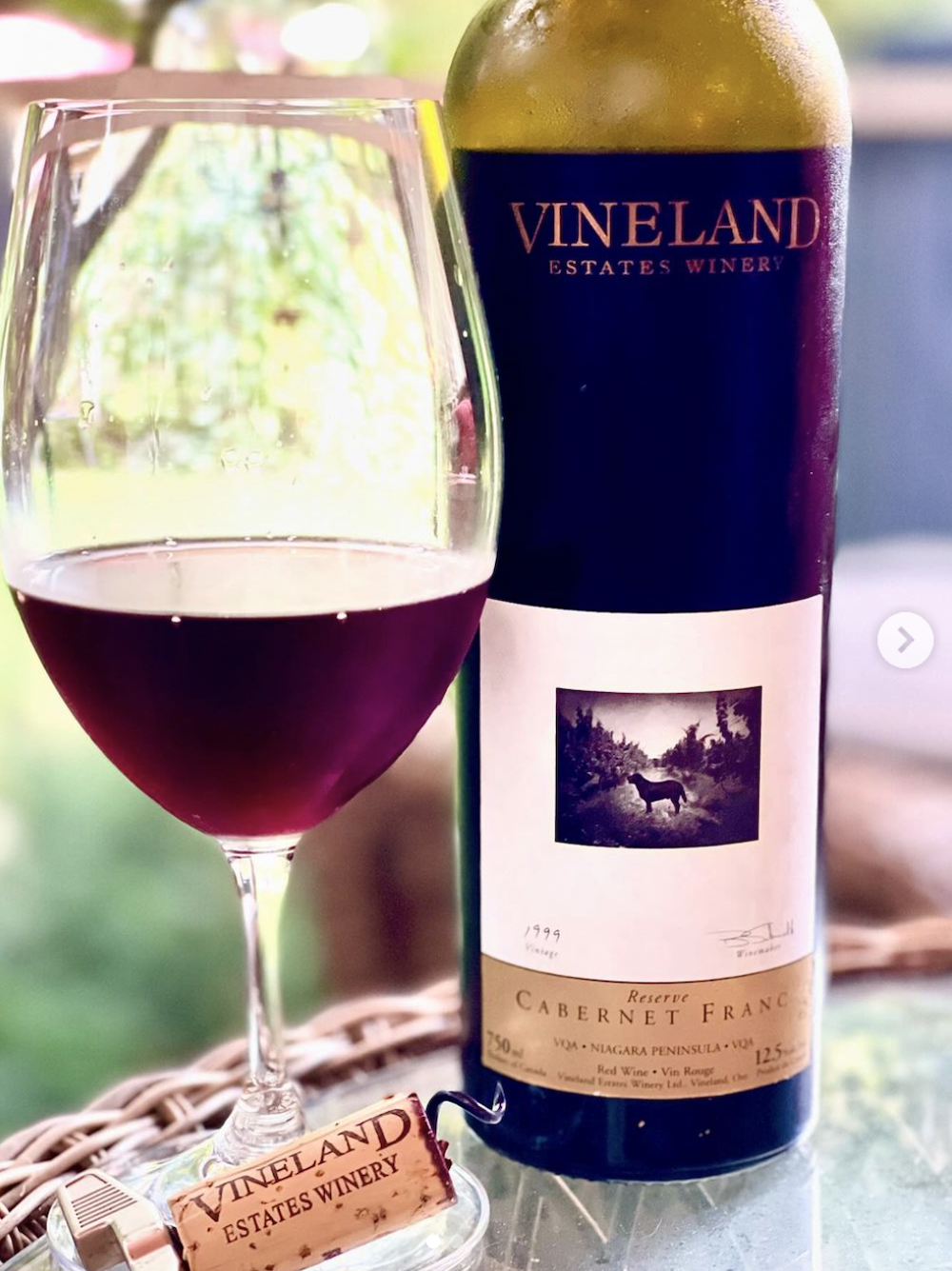
Few in Niagara have the respect and love for Cabernet Franc more than winemaker Vineland Estate winemaker Brian Schmidt. I have a number of his older bottles in my cellar, and I pulled out the 1999 reserve recently to see how it has evolved after 25 years.
Now, this wine is not meant to be cellared this long, and let’s face it, if you have some percolating in a dark corner where you keep your wine it’s likely because you’ve forgotten about it. This was Schmidt’s 9th vintage at Vineland Estate and even at this early juncture he was smitten with Cab Franc and still is as he finishes up his 25 harvest this fall.
Vineland Estate Cabernet Franc 1999 — I opened it and it smelled amazing, all perfectly integrated and oozing macerate red berries and spice. It showed it age on the palate, but was elegant, graceful and smooth through a soft, mellow finish.
The 1999 vintage was not a noted one, and Wines in Niagara long ago dropped it from the chart as all the wines from that vintage should have been consumed by now.
Fun fact: the dog on the label of this Cab Franc was named Major, belonging to John Howard, the original owner of Vineland Estate.
For full list of all vintages in Ontario, go here. The chart will be updated early in 2025 with the 2024 vintage added.
First time’s a charm
A selection of new Niagara wines recently tasted by Wines in Niagara, including Drea’s Wine, Henry of Pelham and Reif Estate.
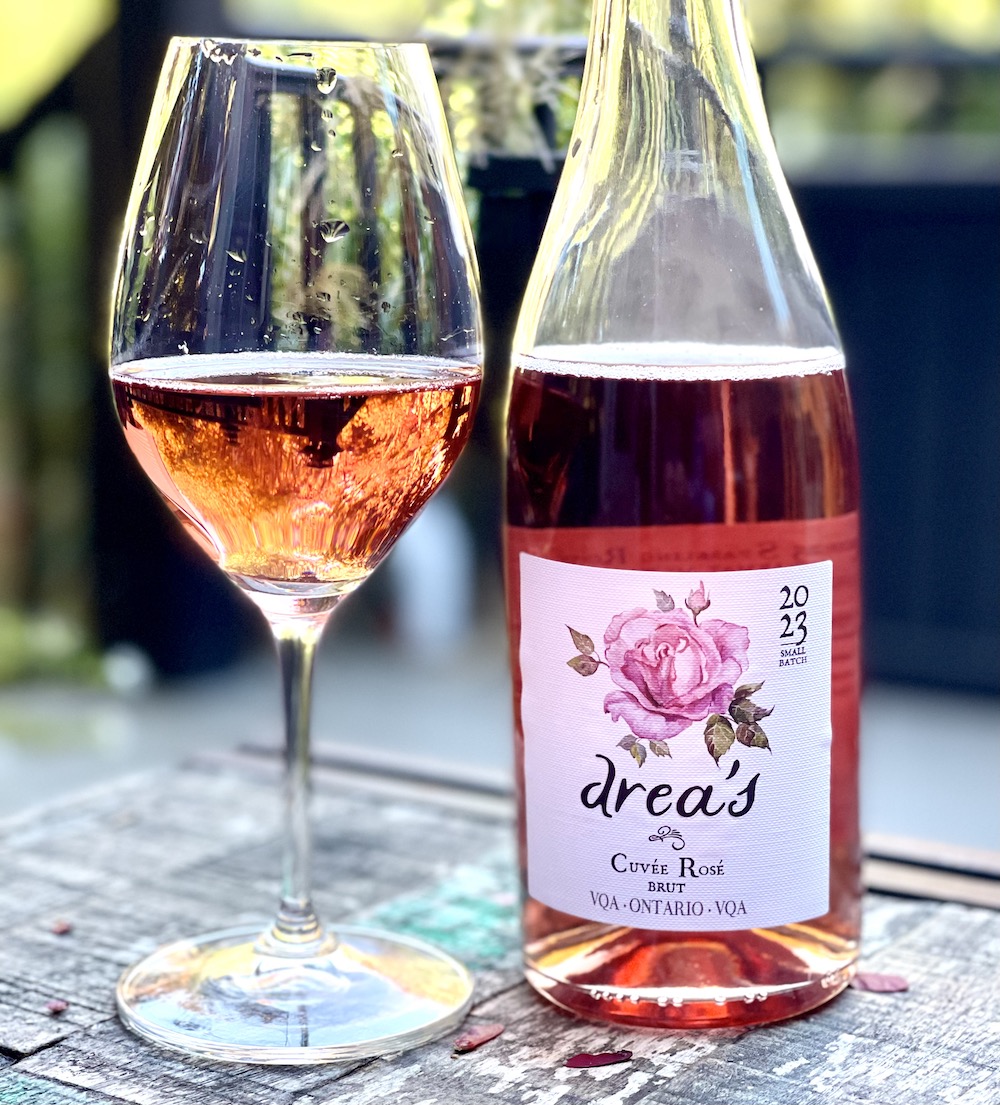
Drea’s Sparkling Rosé 2023 ($36, 92 points) — Andrea Kaiser’s newest wine in her growing portfolio is this charmat method sparkling rosé made from 100% Pinot Noir. Kaiser is the daughter of Karl Kaiser, who co-founded Inniskillin Wines along with Donald Ziraldo. As a visionary pioneer, his contributions to modern Canadian winemaking cannot be understated. Kaiser closely follows the tenants of her father’s winemaking philosophies with a focus on natural fruit flavours and aromas. “My father was always up for the challenge of growing and making Pinot Noir, the ‘heartbreak’ grape, because the elegance and depth of this varietal is unmatched by any other.” said Kaiser. “These characteristics inspired me create my first sparkling rosé from this classic variety.”
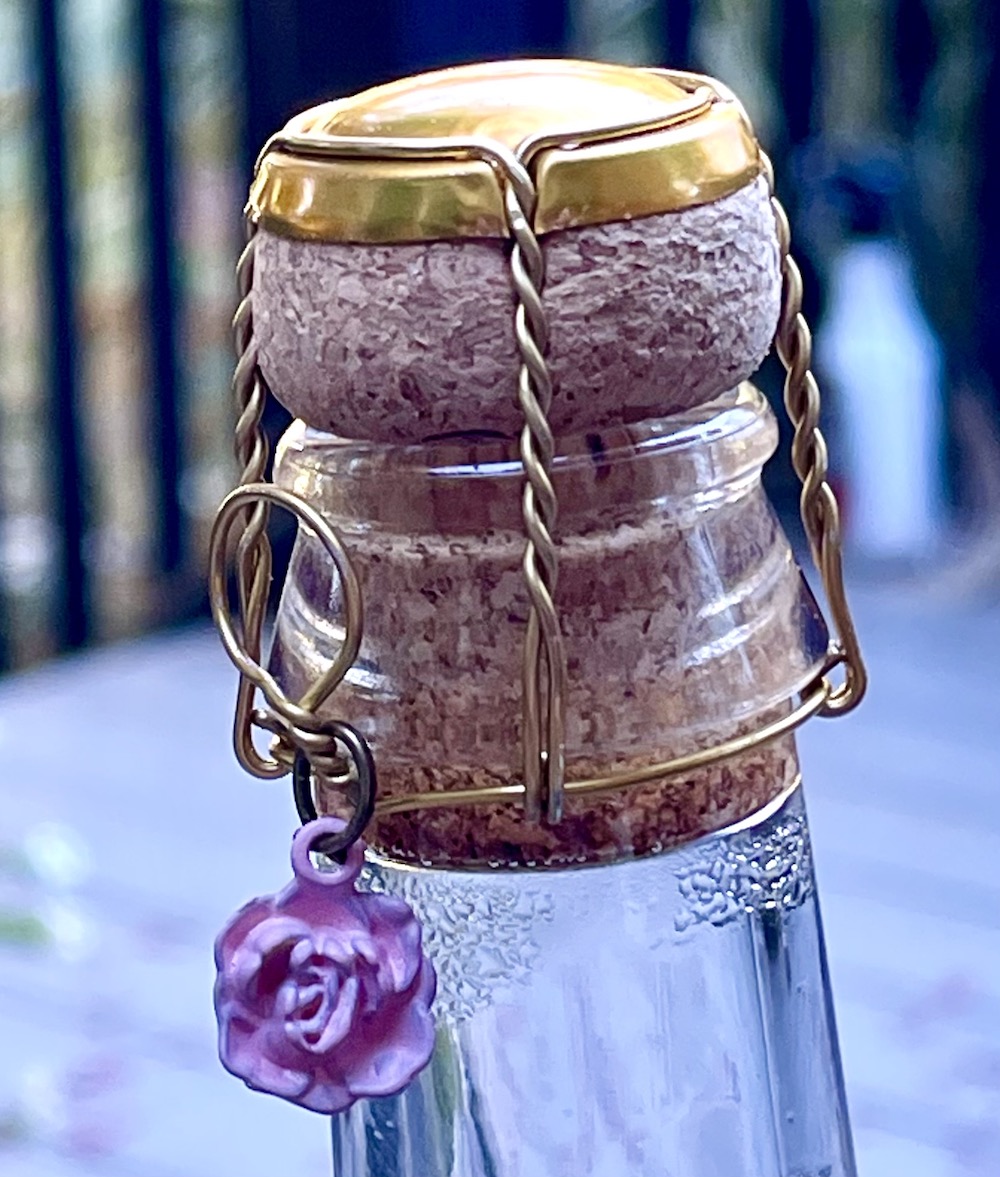
It shows an elegant centre bead of bubbles in the glass and a pretty salmon hue followed by a nose of fresh raspberries, cherries, red currants, a touch of cassis and subtle floral note, maybe the inspiration for the charm attached to each bottle (see photo, above). It has good pop on the palate in support of earthy red berries, touch of anise and rhubarb with a lifted,
Duo of Pinots from Henry of Pelham
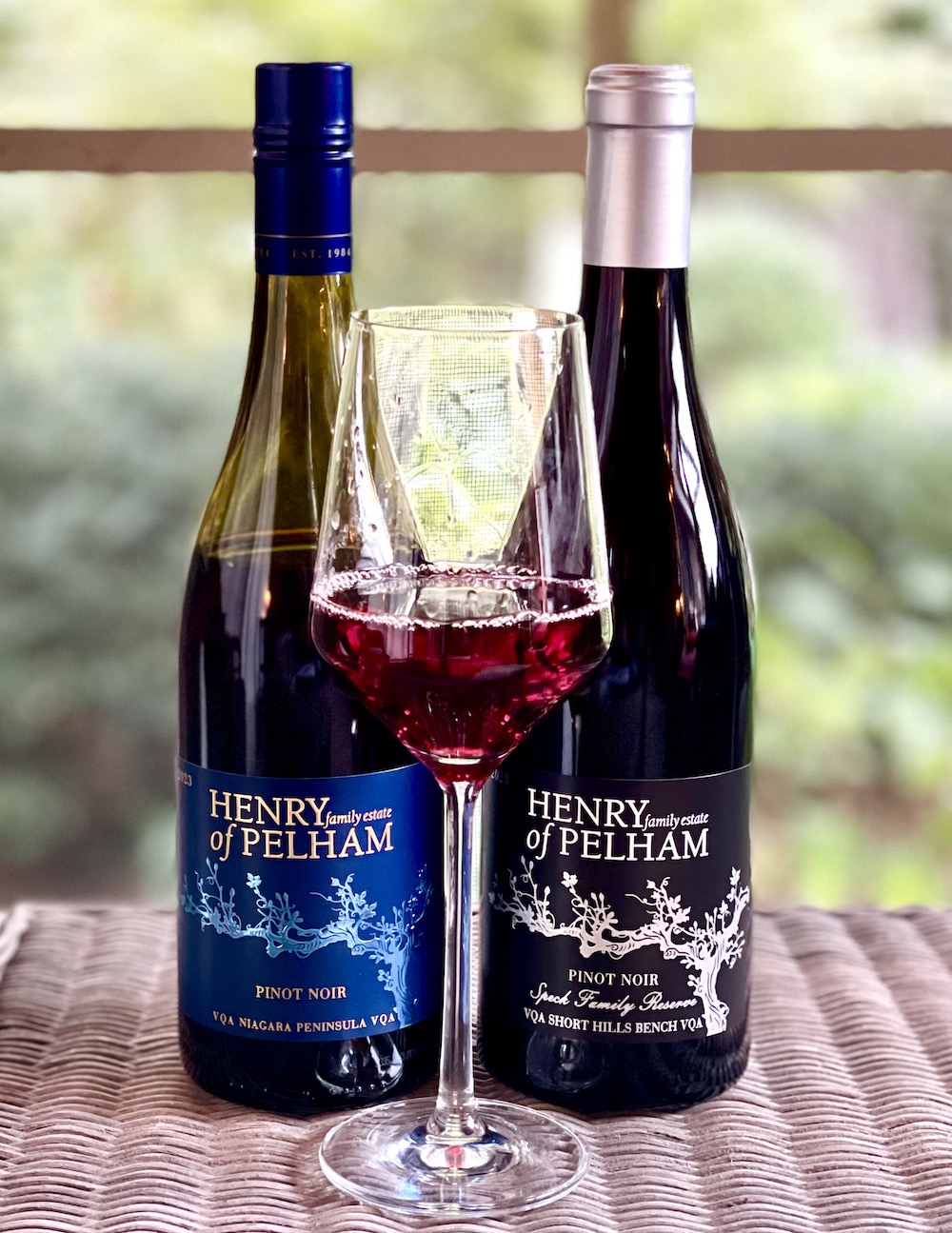
Henry of Pelham Pinot Noir 2023 ($18, 88 points) — This “Classic” tier Pinot from the Speck brothers is sourced from the estate’s Short Hills Bench vineyard. The nose shows notes of cherry cola, sweet raspberries, strawberries and black cherries with a touch of cassis and spice. The melange of ripe red berries on the palate is joined by a touch of earth, chalky tannins, anise and spice. Good to drink now and good value.
Henry of Pelham Speck Family Reserve Pinot Noir 2023 ($48, 93 points) — This is the top expressions of Pinot at Henry of Pelham from the Old Farm Block 100 planted between 1998 and 2006. The wine was aged in European oak, 30% new, for 10 months. It has such a beautiful, lifted nose of brambly raspberry perfume, cherry/kirsch, strawberries, violets, cassis and fine oak spice. It has wonderful texture on the palate and persistent flavours from the medley of red berries, anise, red currants and spice box with a long, finessed finish. A gorgeous expression of cool climate Pinot Noir that can improve in the cellar until 2028.
New Reif Estate rosé
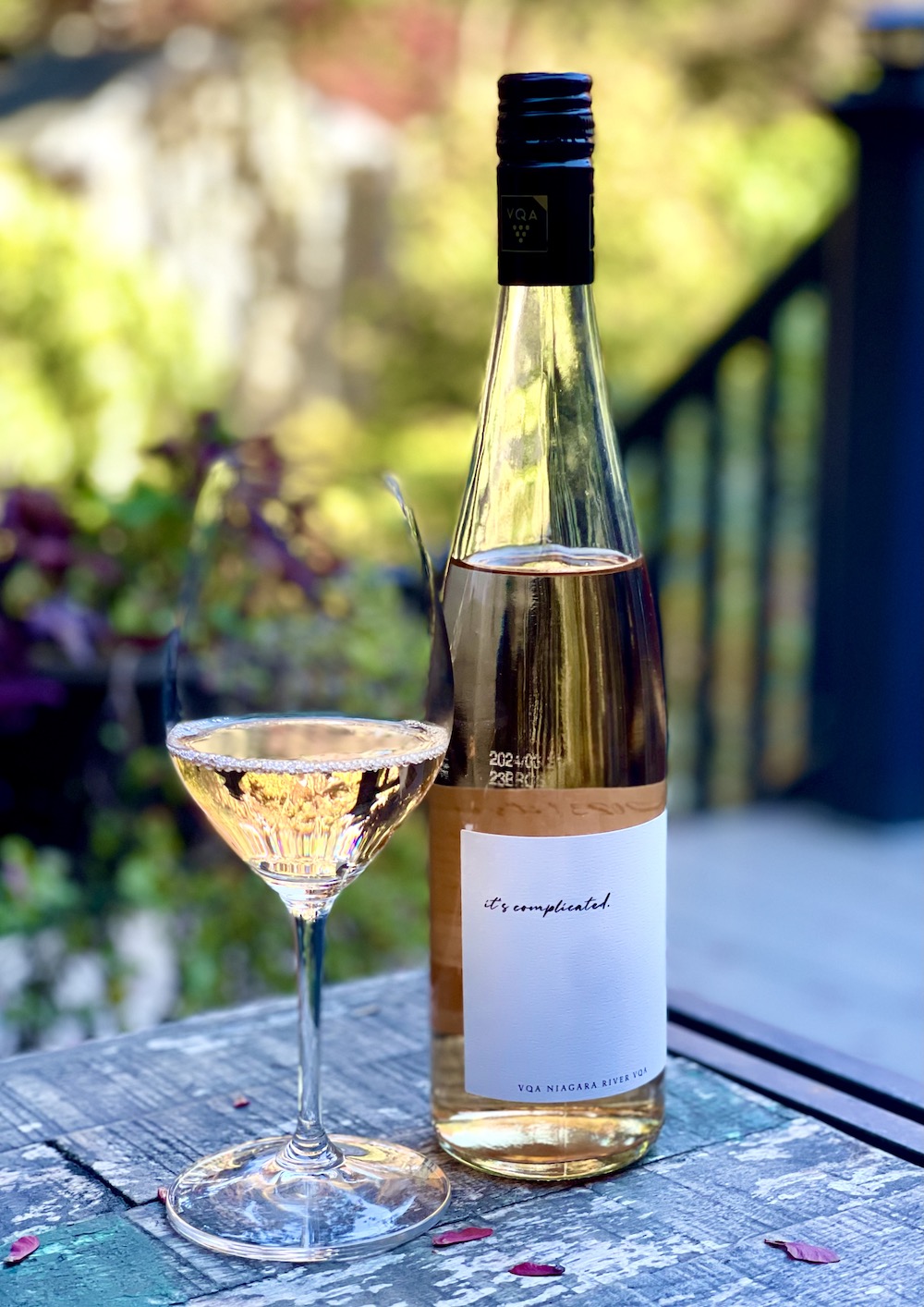
Reif Estate It’s Complicated Rosé 2023 ($25, 92 points) — Winemaker Eric Pearson has created this all-season, more serious rosé from a blend of classic Bordeaux varieties including Cabernet Sauvignon, Cabernet Franc and Merlot that sees three months of oak aging. It shows a pretty pale salmon colour in the glass with a vibrant nose of ripe red berries, stone fruits, white plums and a touch of vanilla and spice. It dances lightly on the palate (even with 13% abv) with elegant texture, layers of raspberries, citrus peel, pear, apricot in a bone-dry expression on a lifted, fresh finish. This is a complex rosé that you can age for a couple of years as it rounds out.
Reif Estate Cab Sauv leads off
our picks at Vintages stores Nov. 2
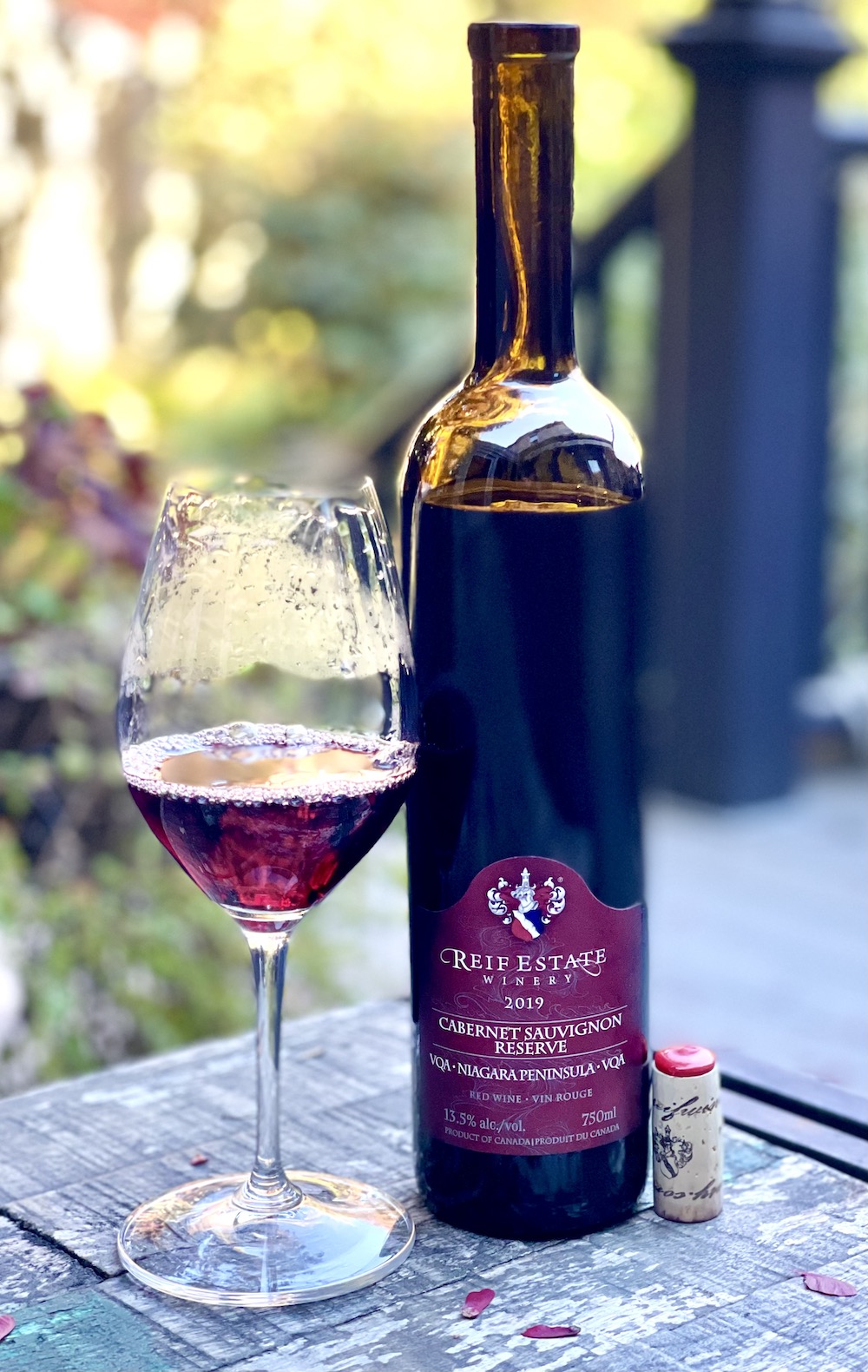
Reif Estate Cabernet Sauvignon Reserve 2019 ($37, new review, 92 points) — This Cabernet Sauvignon, which makes an appearance at Vintages stores on Nov. 2, was barrel fermented and aged in the French and Hungarian barriques for 24 months. It has enticing aromas of lifted blackberries, black currants, cherry/kirsch, dark chocolate and fine oak spices. It’s mouth-filling on the palate with ripe tannins adding structure to go with a melange of red and dark berries, savoury/earthy notes, mocha, vanilla bean and spice with a finessed and long finish. Can cellar to 2029.
Other Niagara wines we can recommend from the Nov. 2 release at Vintages stores:

Liebling Riesling 2022 ($22, 90 points) — This flagship Riesling grapes from Liebling were born in the Lingard Vineyard on the St. David’s Bench from vines planted in 2006 by the Oppenlaender vineyard team. Aging was in stainless steel and the grapes were planted to the 21b clone. The fresh nose shows a lovely melange of white peach, lime, candied citrus, pear, jasmine, and stony minerality. There is a subtle note of sweetness on the palate with a juicy array of peach, apple, citrus and wet stones that’s all nicely balanced by the racy acidity through the bright finish. A joyous Riesling for everyday sipping.
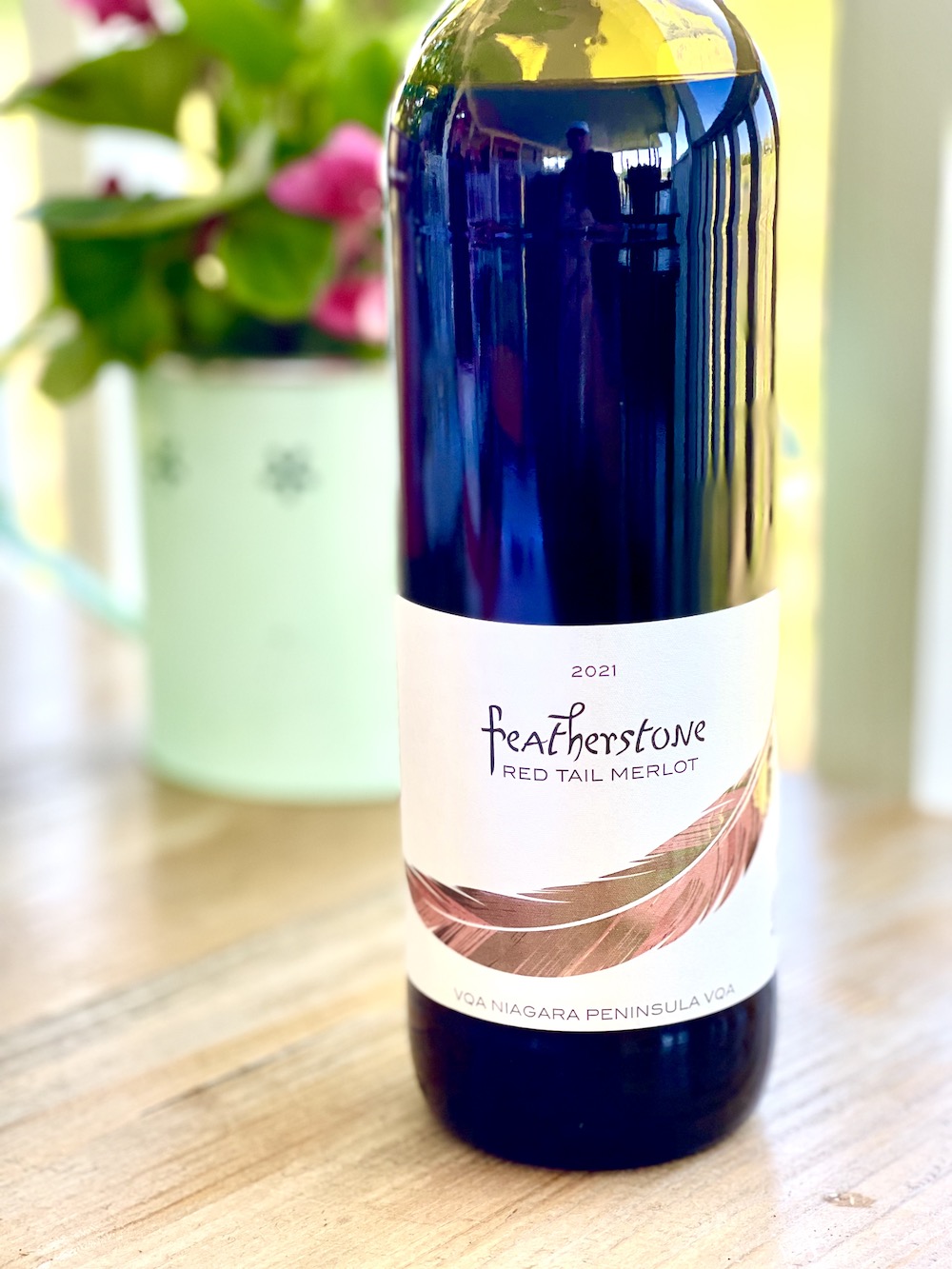
Featherstone Red Tail Merlot 2021 ($20, 92 points) — A ridiculously affordable price for a Merlot this good. The wine is aged in 100% fine French oak barrels (25% new) from Tonnellerie Sirgue Nuits Saint Georges for 10 months. There is an intriguing, perfumed note on the nose with dark cherries, black raspberries, cassis, integrated spices, and subtle earthy accents. It’s rich with some tannic structure and weight on the palate followed by juicy red berries, anise, cassis, and elegant spice notes through a long, lifted finish. You can age this for 5+ years and you feel pretty damn happy you paid only $20 a bottle.
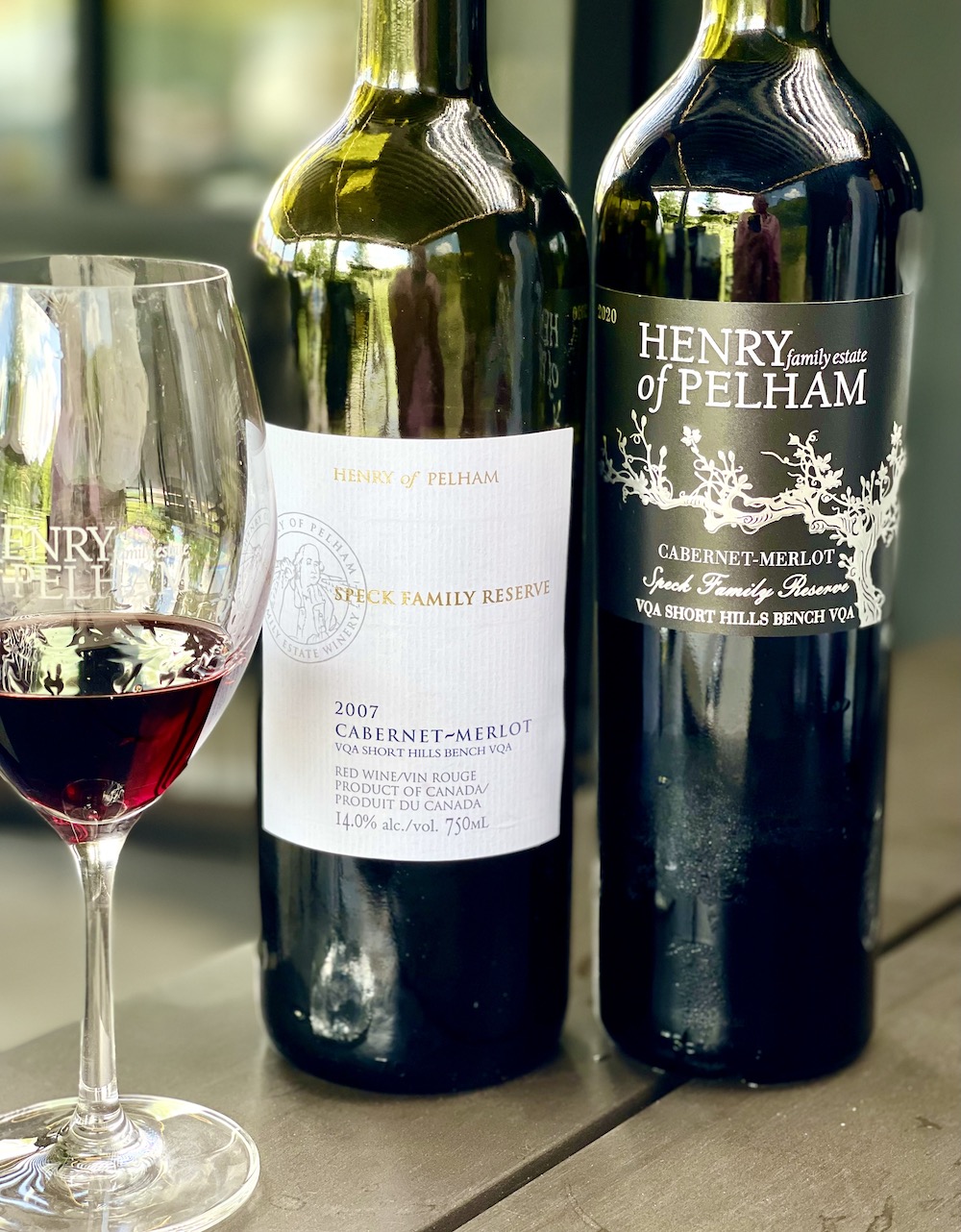
Henry of Pelham Speck Family Reserve Cabernet/Merlot 2020 ($48, 94 points) — The wine was aged in French and American oak barrels, 40% new, for 18 months. What a beautiful, full-bodied red from the 2020 vintage. It has an inviting, expressive nose of black raspberries, dark cherries, ripe plums, cocoa, cassis, and cedary/perfume notes with rich spice box accents. It’s dense and juicy on the palate with a firm tannic backbone that displays an array of mature red berries, blackberry preserves, anise, smoky cedar plank, mulled herbs and toasty spices that are all carried through the long, finessed finish. This is still evolving and cellaring is recommended. It will keep improving through 2039. Buy, hold and be blown away!

The Foreign Affair Dream 2020 ($30, 91 points) — Dream is a partial appassimento blend of Merlot, Cabernet Sauvignon, and Cabernet Franc with half the Cab Franc dried grapes. The wine spends 18 months in French and American oak (25% new wood). This is a bit more subtle on the nose than the Conspiracy, which suggests a little time in the cellar would be helpful. It has an elegant nose of concentrated cassis, black currants, cocoa, and baking spices. It’s more overt on the palate with ripe tannins, cassis, currants, blackberries, dark cherries, licorice, cedar, and fine oak spice with plenty of acidity keeping the finish lively. Can cellar a few years.

Two Sisters Eleventh Post 2018 ($48, 92 points) — This is a ‘vineyard blend’ of the three red grapes grown on the estate. So, 44% Merlot, 32% Cabernet Franc, and 24% Cabernet Sauvignon with aging in French oak (15% new) for 36 months. The 2018 vintage was cool but long to allow maximum flavour development. The aromas jump from the glass with ripe, black cherries, cassis, anise, a subtle floral note, and integrated/elegant oak spices. It’s built in a more elegant style with smooth tannins, layered red and dark berries, dried tobacco, anise/licorice, and fine oak spice notes on a lifted, long finish. Drinking really nice right now but can cellar to 2028.
Also released but not reviewed by Wines in Niagara:
• Cave Spring Select Late Harvest Riesling 2023 ($28 for 376 mL)
• The Tragically Hip Ahead by a Century Chardonnay 2021 ($22)
• Flat Rock Cellars Riddled Sparkling 2021 ($40)
• Lakeview Cellars Cabernet Sauvignon Icewine 2017 ($30 for 200 mL)
• Charles Baker Picone Vineyard Riesling 2021 ($45)
• Stratus Gamay 2022 ($32)
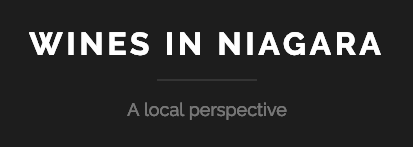






Comment here